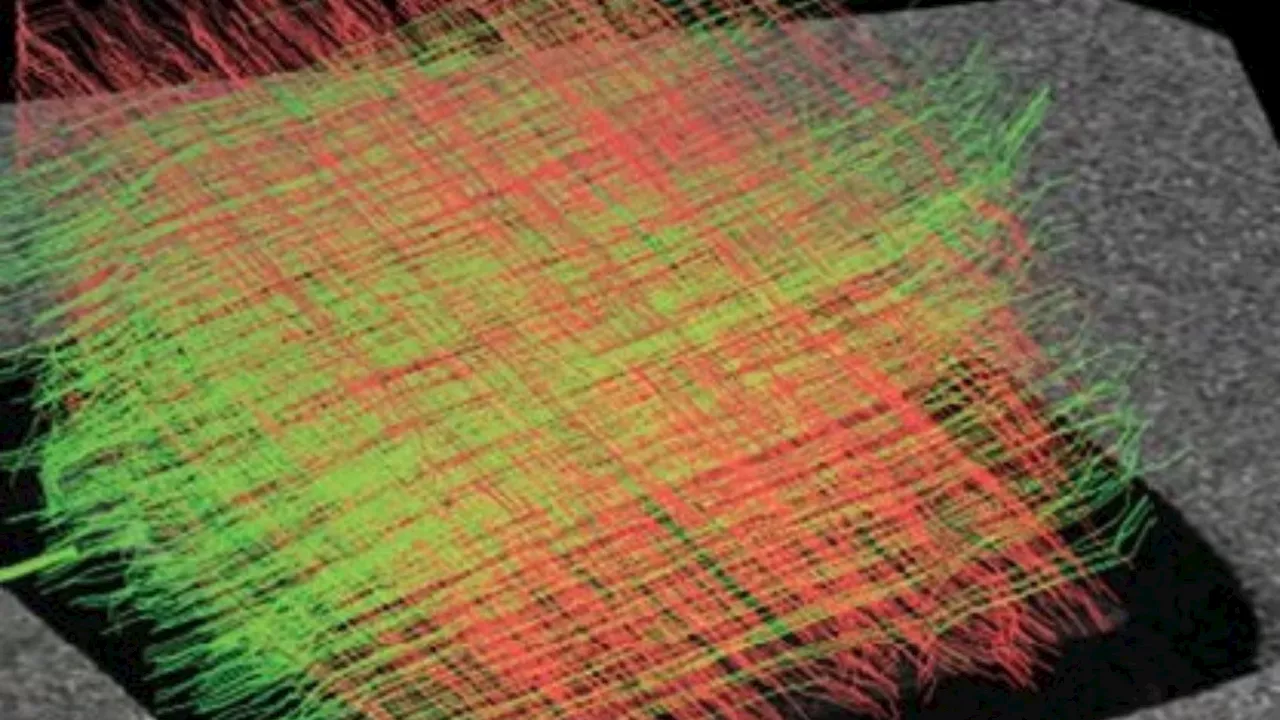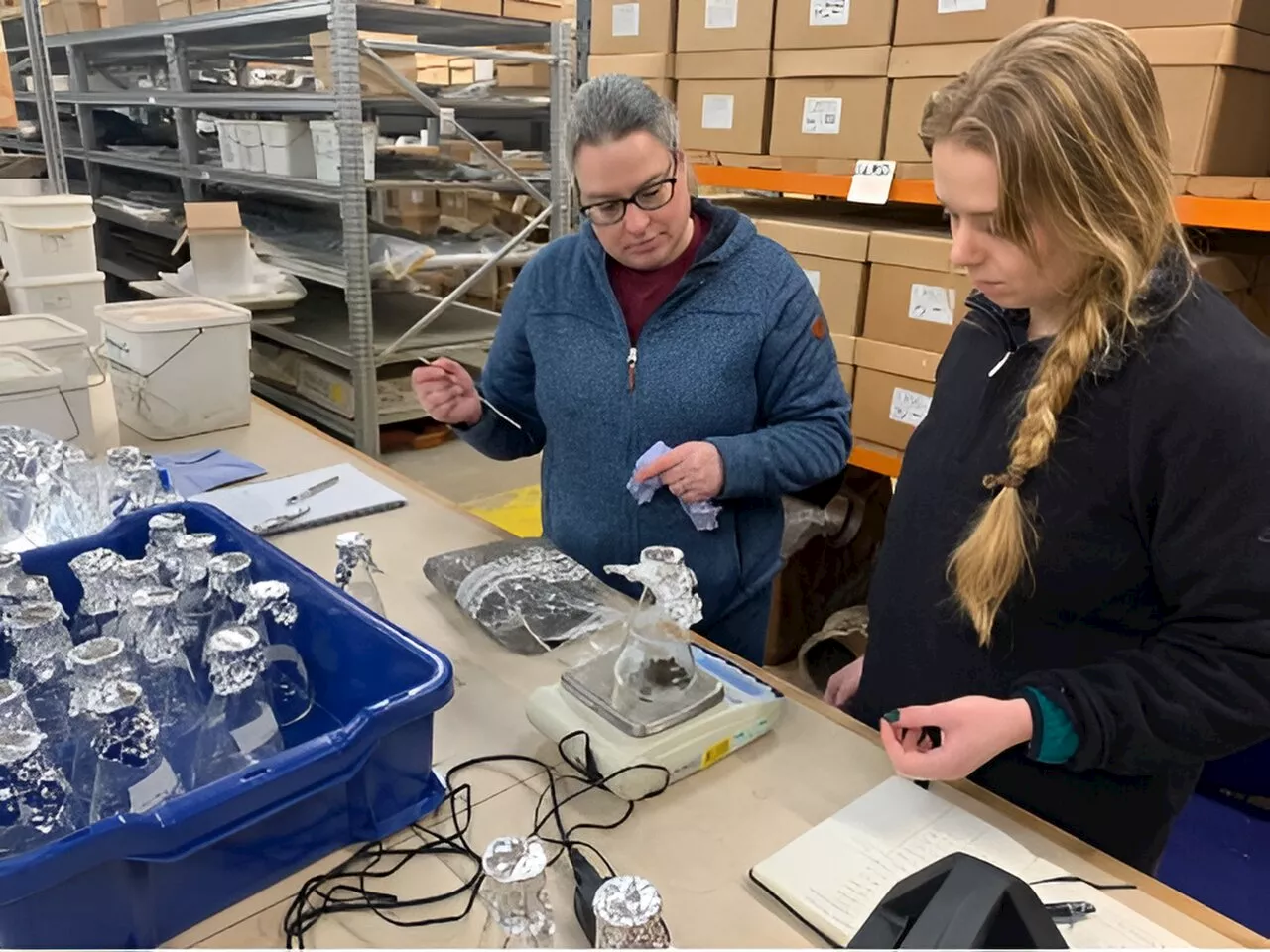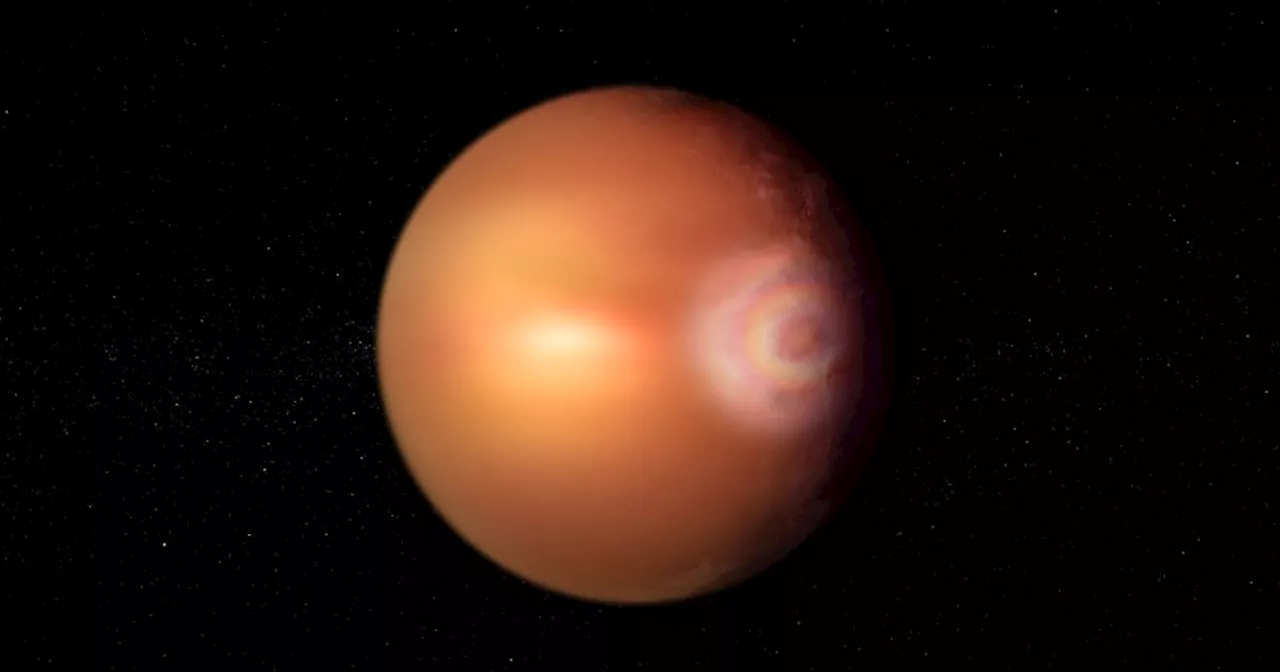Researchers believe they may have identified a set of rainbow-like colorful rings, called a glory, on a planet outside our solar system for the first time.
Just from looking at our own solar system, we can see that planets come in a wide variety of colors — from the dusty red of Mars to the bright blues of Uranus and Neptune. Planets like Jupiter have beautiful bands of color caused by variations in the atmosphere, while it’s hard to even see the surface of Venus because its atmosphere is so thick. But there are other variations in color which planets can display, like a stunning rainbow-hued set of circular rings called a glory.
“There’s a reason no glory has been seen before outside our Solar System – it requires very peculiar conditions,” said lead author of the research, Olivier Demangeon of the Instituto de Astrofísica e Ciências do Espaço in a statement. “First, you need atmospheric particles that are close-to-perfectly spherical, completely uniform and stable enough to be observed over a long time.
Related WASP-76b is already famous as an extreme exoplanet, with an atmosphere heated to a scorching 2,000 degrees Celsius, which is so hot it rains iron there. The planet is tidally locked, meaning one side of it always faces its star and one side always faces out into space, causing a massive temperature difference between these two sides. It is also puffed up to a huge size given its mass.
United States Latest News, United States Headlines
Similar News:You can also read news stories similar to this one that we have collected from other news sources.
 Researchers carry out first peer-reviewed study of fecal microbiota transplants in dolphinsScientists have successfully carried out pioneering fecal microbiota transplantations on Navy bottlenose dolphins that showed signs of gastrointestinal disease.
Researchers carry out first peer-reviewed study of fecal microbiota transplants in dolphinsScientists have successfully carried out pioneering fecal microbiota transplantations on Navy bottlenose dolphins that showed signs of gastrointestinal disease.
Read more »
 World’s first high-resolution ‘brain phantom’ 3D printed by researchersMarking a milestone in medical tech, researchers from Medical Uni Vienna & TU Wien 3D print the world's first high-resolution brain.
World’s first high-resolution ‘brain phantom’ 3D printed by researchersMarking a milestone in medical tech, researchers from Medical Uni Vienna & TU Wien 3D print the world's first high-resolution brain.
Read more »
 Astronomers detect potential 'glory effect' on a hellish distant world for the first timePotential signs of the rainbow-like 'glory effect' have been detected on a planet outside our solar system. Glory are colorful concentric rings of light that occur only under peculiar conditions.
Astronomers detect potential 'glory effect' on a hellish distant world for the first timePotential signs of the rainbow-like 'glory effect' have been detected on a planet outside our solar system. Glory are colorful concentric rings of light that occur only under peculiar conditions.
Read more »
 Researchers publish first-of-its-kind database for uranium mineralsNuclear nonproliferation scientists at the Department of Energy's Oak Ridge National Laboratory have published the Compendium of Uranium Raman and Infrared Experimental Spectra, or CURIES, a public database and analysis of structure-spectral relationships for uranium minerals.
Researchers publish first-of-its-kind database for uranium mineralsNuclear nonproliferation scientists at the Department of Energy's Oak Ridge National Laboratory have published the Compendium of Uranium Raman and Infrared Experimental Spectra, or CURIES, a public database and analysis of structure-spectral relationships for uranium minerals.
Read more »
 Researchers find first experimental evidence for a graviton-like particle in a quantum materialA team of scientists from Columbia, Nanjing University, Princeton, and the University of Munster, writing in the journal Nature, have presented the first experimental evidence of collective excitations with spin called chiral graviton modes (CGMs) in a semiconducting material.
Researchers find first experimental evidence for a graviton-like particle in a quantum materialA team of scientists from Columbia, Nanjing University, Princeton, and the University of Munster, writing in the journal Nature, have presented the first experimental evidence of collective excitations with spin called chiral graviton modes (CGMs) in a semiconducting material.
Read more »
 Scientists uncover evidence that microplastics are contaminating archaeological remainsResearchers have for the first time discovered evidence of microplastic contamination in archaeological soil samples.
Scientists uncover evidence that microplastics are contaminating archaeological remainsResearchers have for the first time discovered evidence of microplastic contamination in archaeological soil samples.
Read more »
